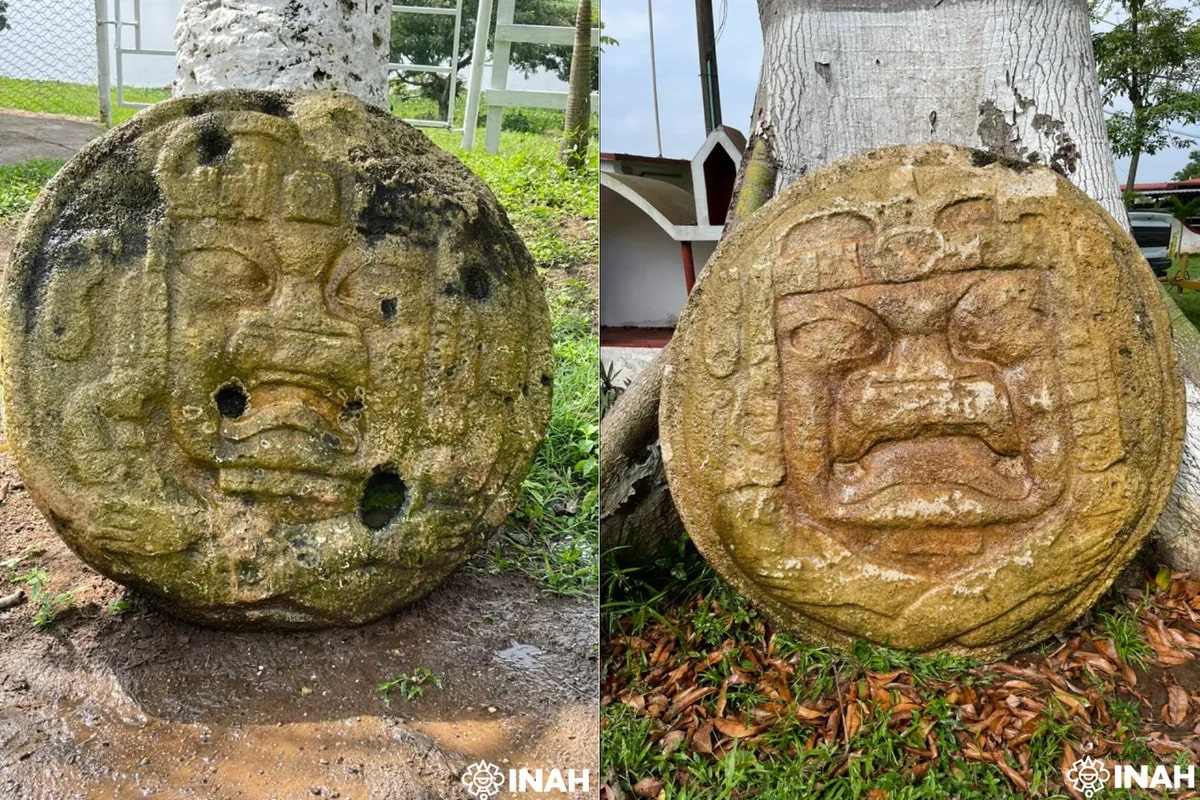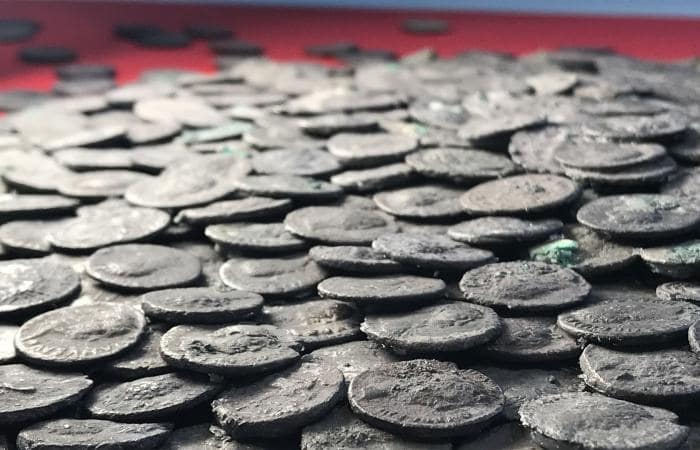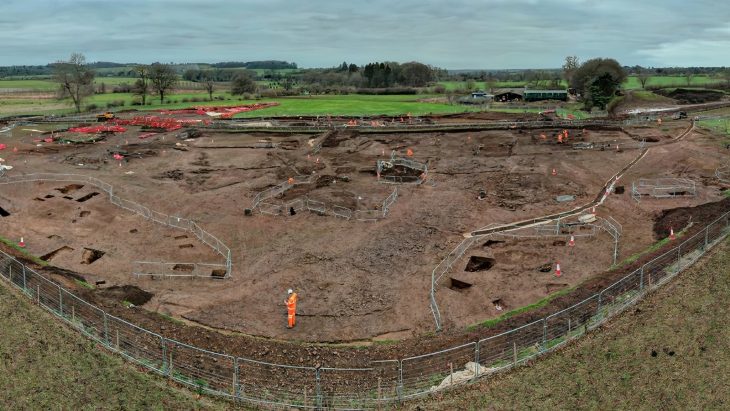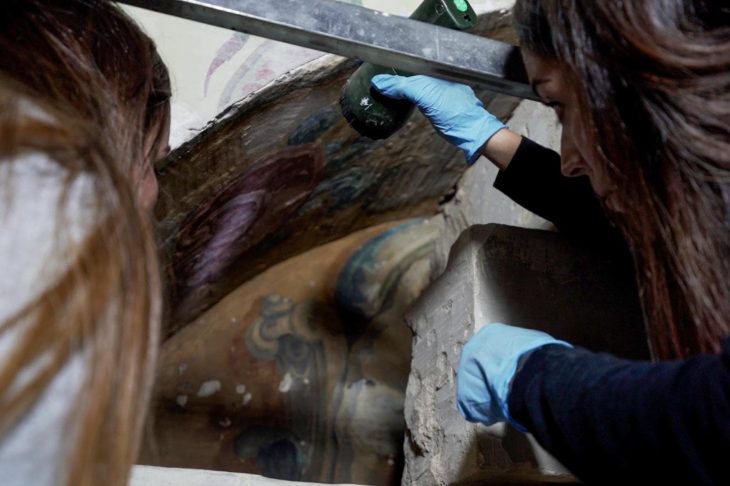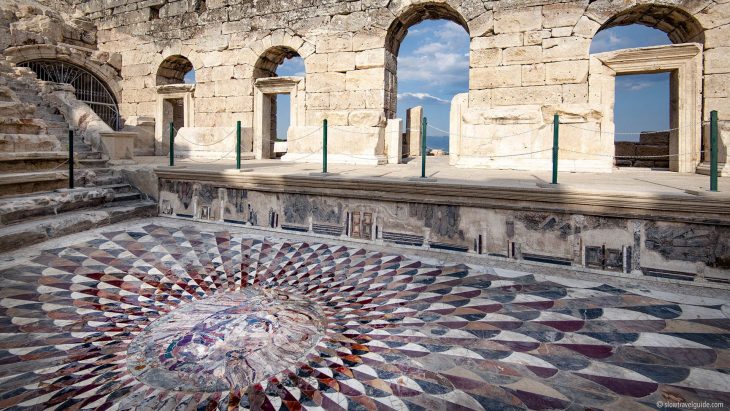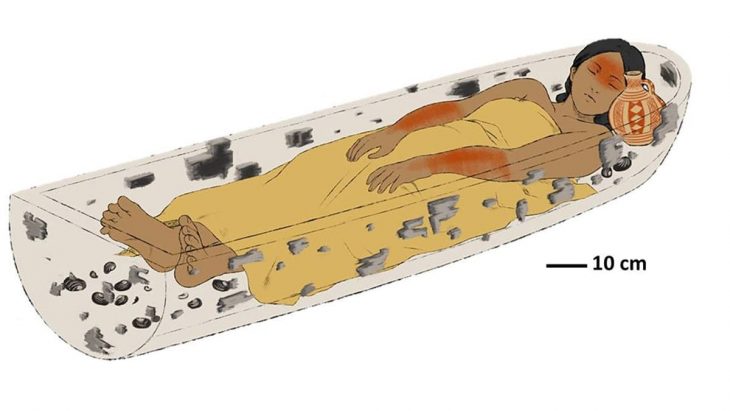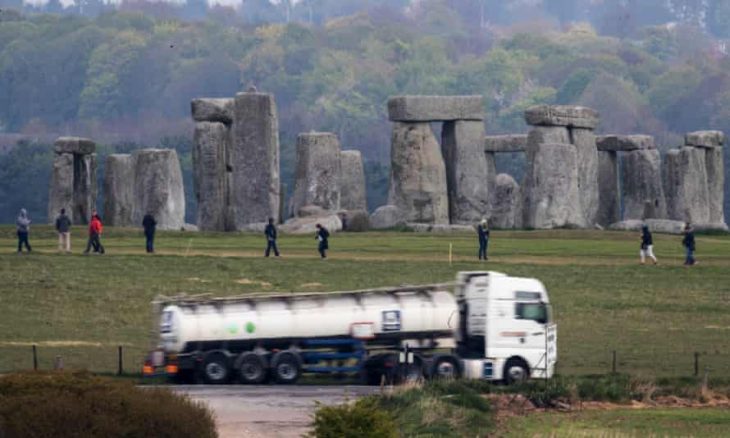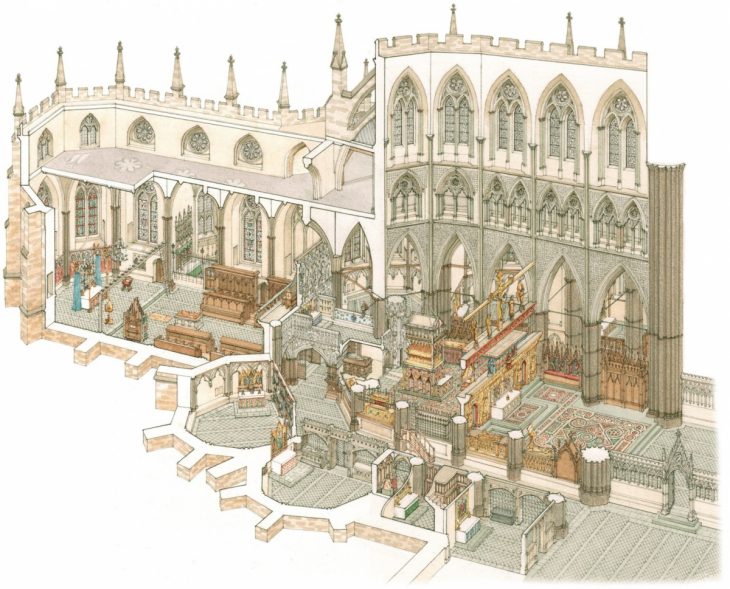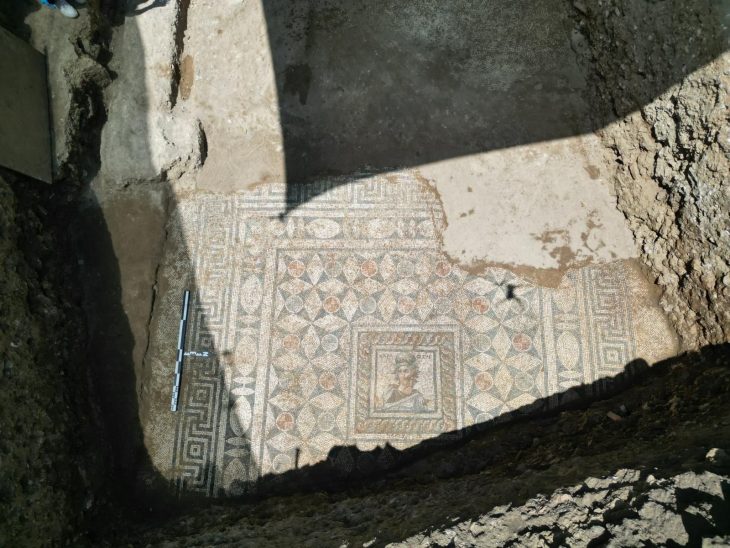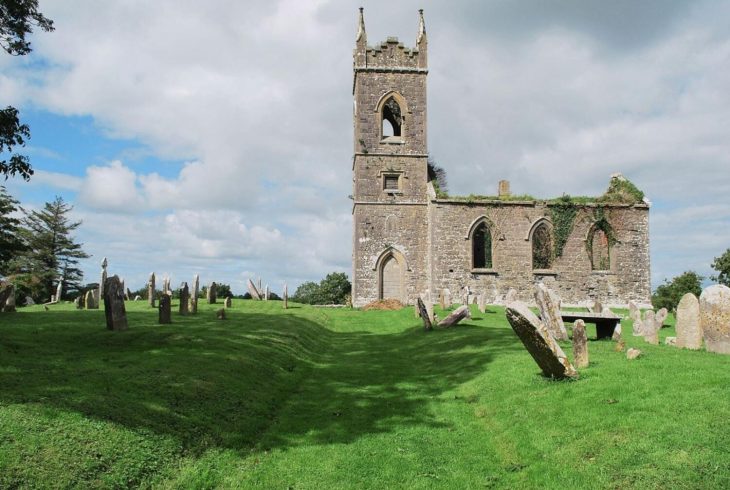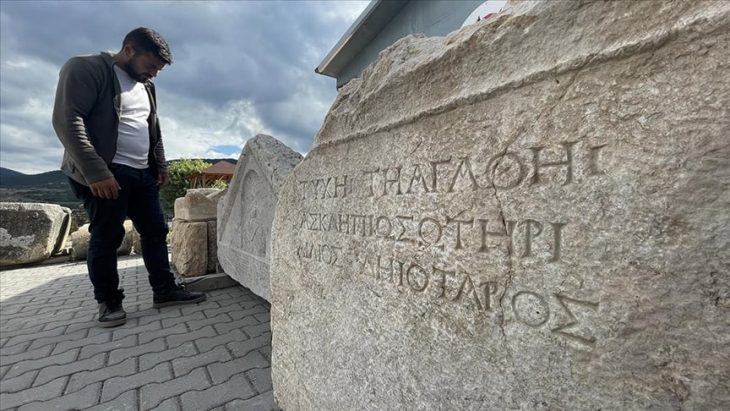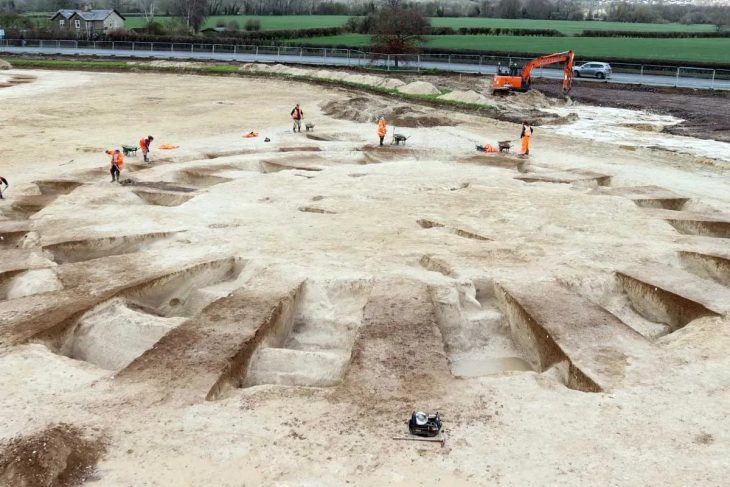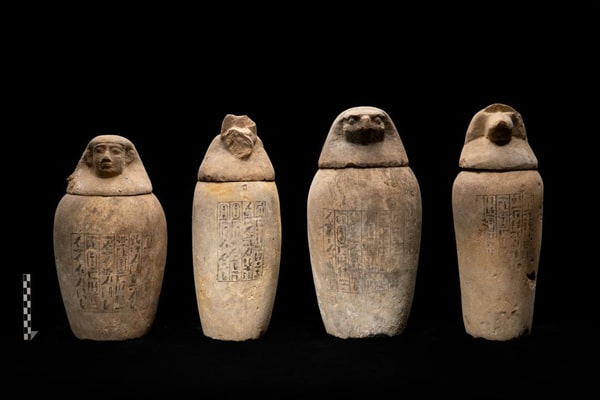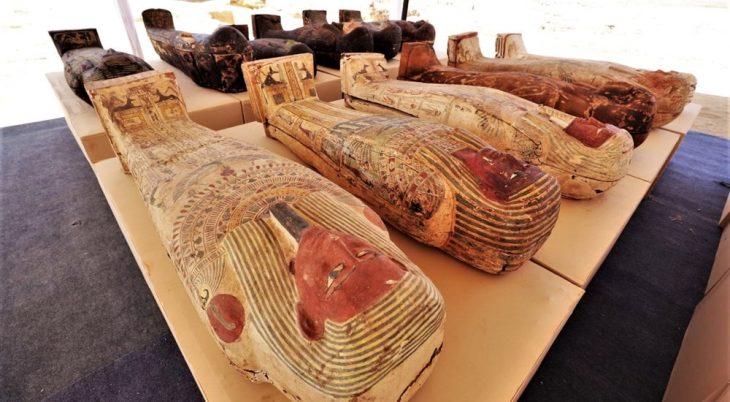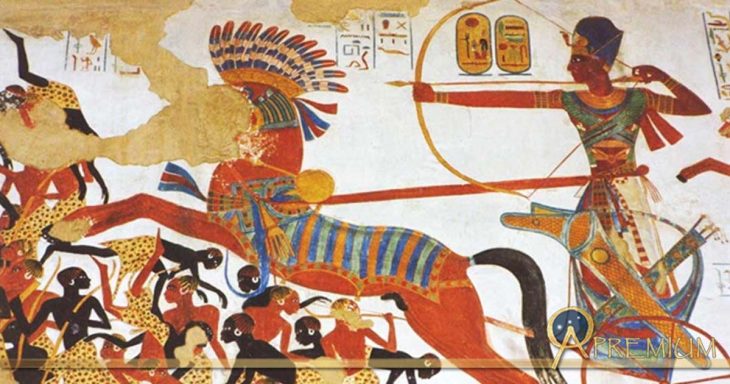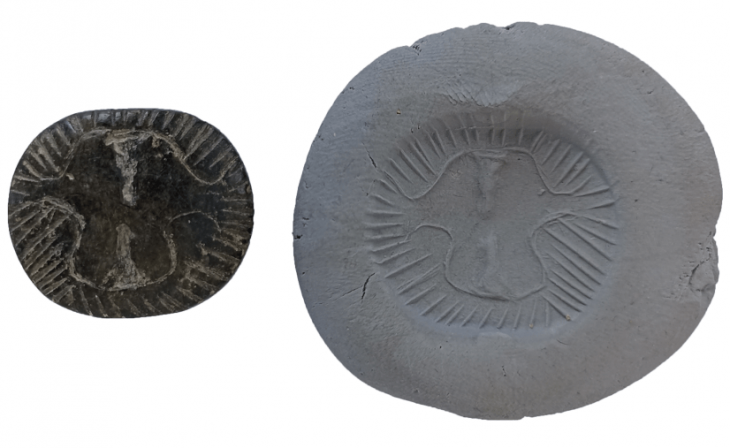Archaeologists in Mexico have discovered two carved reliefs from the late Olmec period (900-400 B.C.) in Villahermosa, Tabasco, southeastern Mexico that are thought to depict local rulers performing ritual contortion.
Carved reliefs depicting two tough-faced monarchs from the Olmec civilization are believed to show a pair of leaders in a trance-like state, roaring like a jaguar, in the midst of a “contortionist” ritual designed to induce black-outs.
The reliefs are carved from 4.6-foot-diameter spherical slabs of limestone that weigh more than 1,500 pounds each. Each relief depicts a guy wearing a four-corncob headdress, his face distorted in a grimace — lips open and turned down, eyes wide. In the middle of the headdress is a “Olmec cross,” a jaguar glyph that served as a status symbol. The faces take up nearly all of the space, with footprints on the sides and arms crossed beneath.
The jaguar is a very prevalent figure in many pre-Columbian Mesoamerican societies, with a jaguar deity appearing in almost all belief systems from this time period. Some archeological evidence suggests that the Maya kept jaguars as pets.
Both monuments represent the local rulers of the Middle Usumacinta region and date to the late Olmec horizon (900-400 BC).
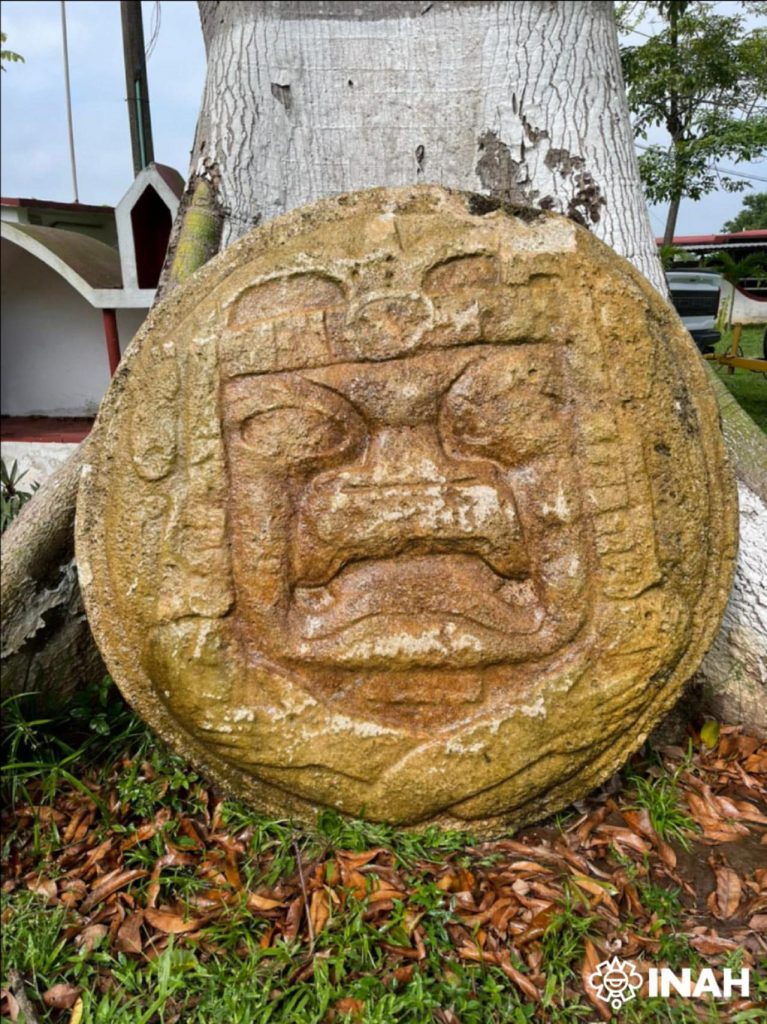
Other similar monuments from the Middle Usumacinta region suggest that the reliefs are depicting the leaders during a “contortionist” ritual, in which they were effectively strangled into an otherwordly trance.
The reliefs were found in a private house in Villahermosa. The homeowner said he had found them while leveling agricultural land on his farm in Tenosique. (A very similar circular relief was found in Tenosique in 2000.) Archaeologists plan to survey the find site in hopes of narrowing down the date of the carvings.
“The five monuments have in common the representation of large faces, possibly of local rulers, who also practiced contortionism, not in a playful sense, but ritual. By adopting the position in which they appear portrayed –which reduces the irrigation and oxygenation of the blood to the brain–, the characters reached trance states in divinatory ceremonies and that conferred powers on them,” Tomás Pérez Suárez, an archaeologist at the INAH, explained in a statement.
This style of relief is typical of the late Olmec civilization prior to the process of “Mayanization” that struck the culture around 500 to 300 BCE.
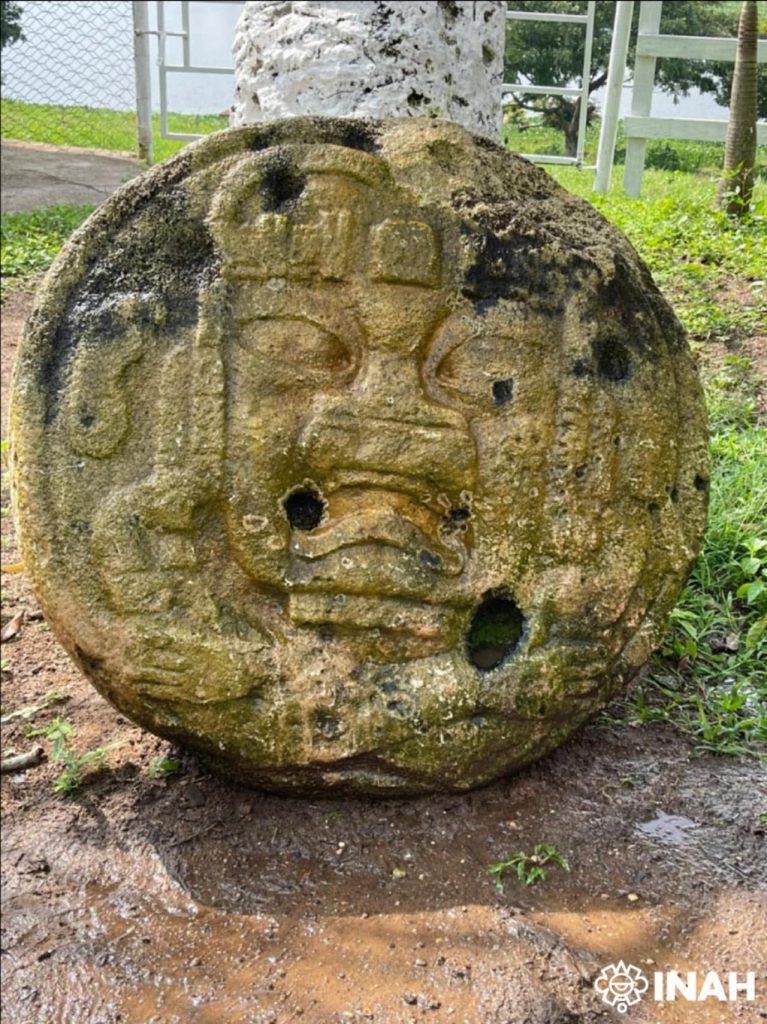
It does appear, however, that the legacy of the Olmec civilization lived on. Archaeologists from the INAH speculate that the style seen in this duo of reliefs perhaps evolved into the classic Maya “ajaw” inscriptions, which depict leaders with a similarly gaping mouth.
“It is possible that these faces evolved and derived in the Mayan ajaw altars , such as those of the Caracol site, in Belize, which tells us about the permanence of this theme for more than three centuries, already for the Early Classic and Late Classic periods. (495 to 790 AD). The word ajaw means ‘he who shouts’, ‘he who commands’, ‘he who orders’; and in these Mayan monuments the mouth stands out, a feature that must come from Olmec times, especially from these circular reliefs of ‘contortionists’ that are portraits of local chiefs”added Pérez Suárez.
Cover Photo: National Institute of Anthropology and History (INAH).

